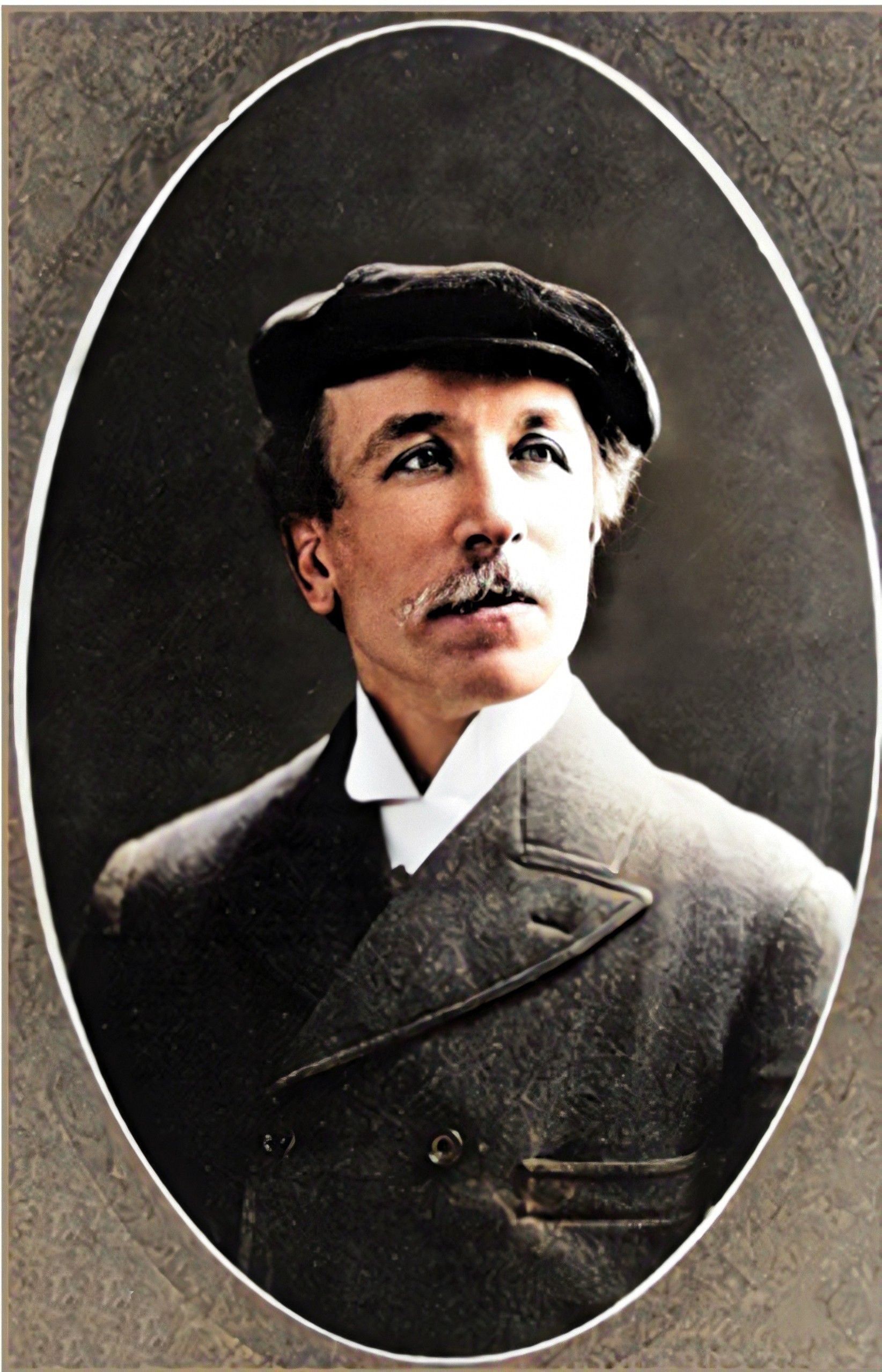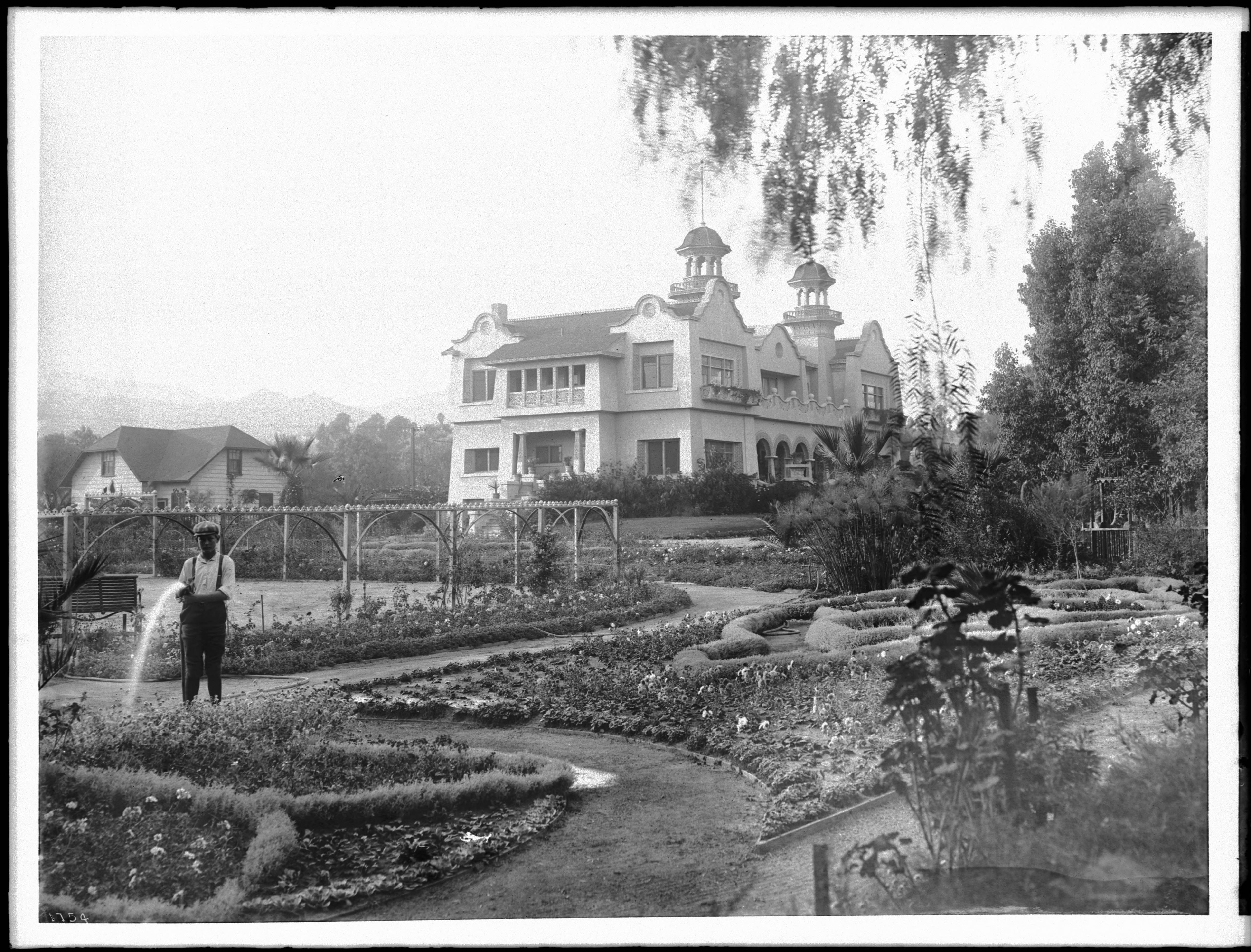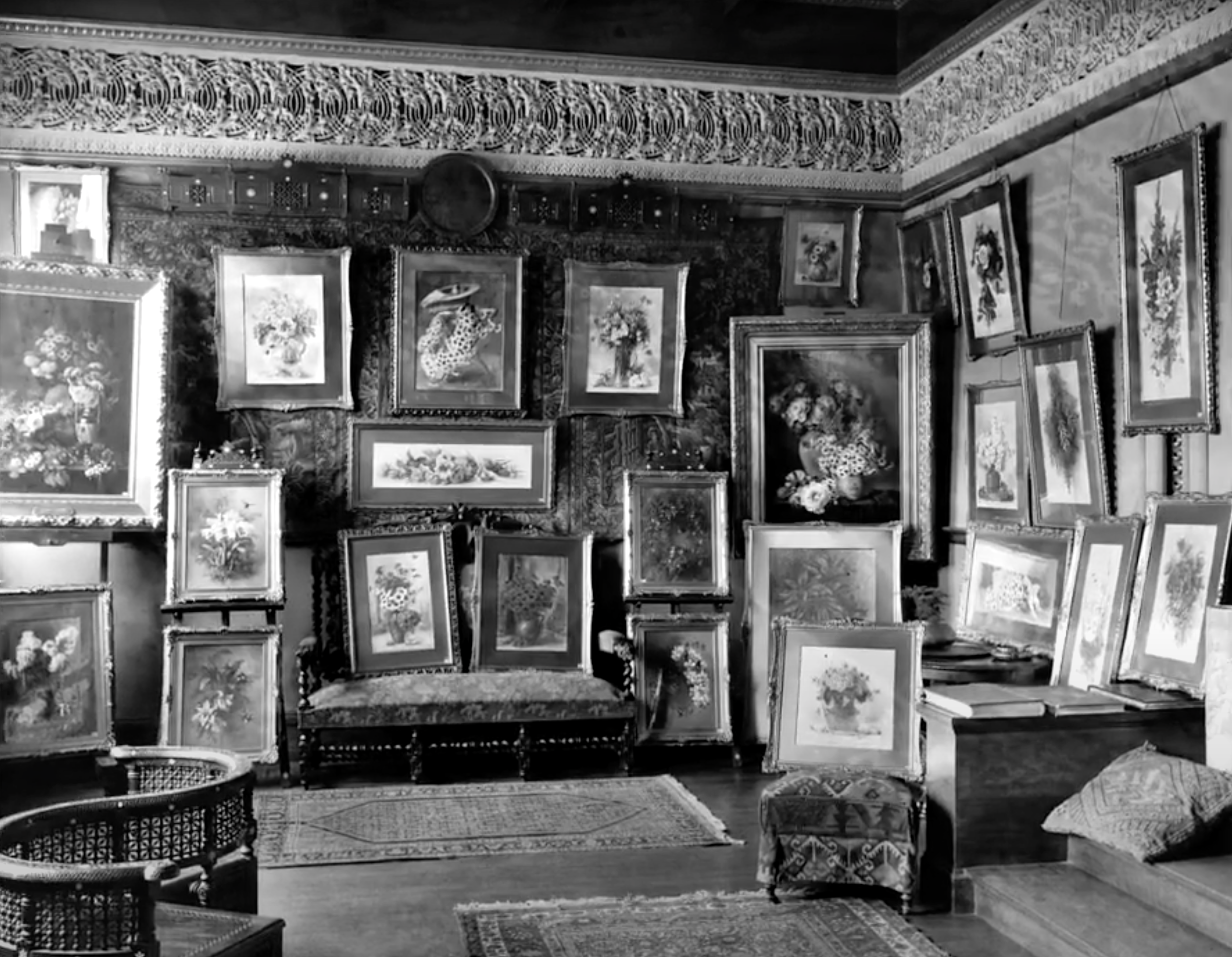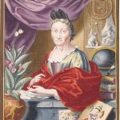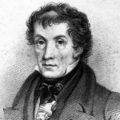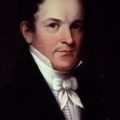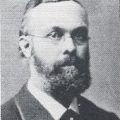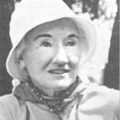Paul de Longpré
The King of Flowers (aka Joujou's Father)
April 18, 1855
Today is the birthday of the botanist and flower breeder Paul de Longpré (Books By This Author).
Known as the "King of Flowers," Paul painted exceptional portrayals of roses (his first love) and wildflowers (his second love).
If you look at Paul's work, you'll find his signature accent somewhere in his composition – a bumblebee.
After exhibitions of Paul's work on the East Coast, reviewers praised,
"No one but a poet could paint as he does...
De Longpré has the rare gift of reading down to the heart of his loved flowers."
Paul was raised in northern Paris. Paul's father left the family early on. His father's abandonment was something that hurt Paul, and he hid it from reporters, telling them that his father was dead.
Paul's family was artistic, and he helped his mother financially by painting silk fans with his brother. (The fans were quite fashionable at the time).
After marrying the delightful Josephine Estievenard, Paul was mentored by Francois Rivoire. Like Rivoire, Paul’s mastery of watercolors is said to rival the richness of oil painting.
When Paul lost his savings in a Paris bank crash, he immigrated with his wife and their children to the United States - ultimately calling Hollywood their home in 1900. At the time, Hollywood was a brand new development just west of Los Angeles.
Paul built a lavish Mission Revival style villa, and it quickly became the most famous estate on the boulevard. Paul bought an additional three blocks of property from socialite Daeida Wilcox Beveridge in exchange for three of his flora watercolors.
Paul planted over 4,000 rosebushes - the muses for his work - on the property. And Paul turned the main level of his magnificent home into an art gallery. The place became a sensation, a hub for elites, and a tourist destination, with over 8,000 visitors a month.
Paul’s guests were greeted by a very courteous Japanese butler who would hand them a list of the paintings' titles and prices.
Paul's daily habit was to get up in the morning and pick flowers with his youngest daughter, Pauline, walking along by his side.
After creating more than 2,000 paintings, Paul died in 1911.
Josephine and the girls sold the house and sadly agreed to a final exhibition of Paul's work, including his masterpiece, the Cherokee Rose. It was Josephine's lifelong regret to part with these paintings. Thirteen years later, Paul's villa - an architectural wonder - and the lavish gardens were all destroyed to make room for commercial buildings and parking lots.
I found the story of Paul de Longpré to be quite enchanting.
And there are two images in particular about Paul that stuck with me.
The first photo is quintessentially French. Paul is riding his bicycle, peddling out to the garden with an easel on his back, a hat on his head, on his way to paint the flowers he loved so much.
The second image is a photo of Paul in the garden with his little daughter Pauline.
An article in The Overland Monthly shares a little glimpse into Paul and Pauline's relationship.
"De Longpré’s youngest daughter, is a bright little miss about eight years old.
If you ask for her name, she will say it is Pauline; but the only name she has ever called at home is “Joujou”; the French word for toy or plaything.
She is idolized by her famous father, and when he walks in the garden Pauline is always by his side."
This post was featured onThe Daily Gardener podcast:
helping gardeners find their roots,
one story at a time
